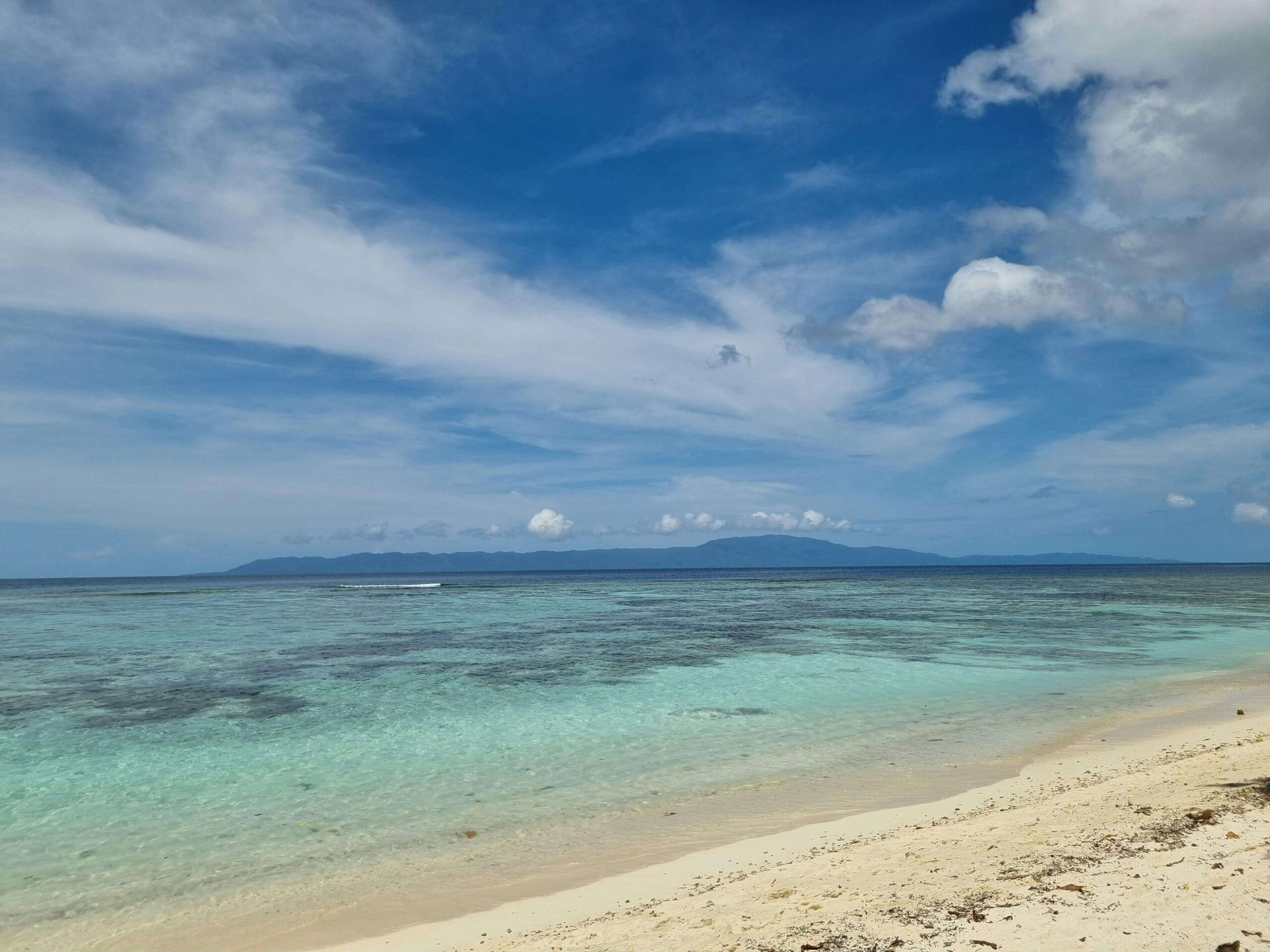Discover the Solomon Islands

Untouched nature, vivid reefs, and ancient island cultures
The Solomon Islands offer a travel experience unlike any other in the Pacific — raw, remote, and deeply authentic. This Melanesian nation of nearly 1,000 islands, scattered between Papua New Guinea and Vanuatu, remains largely off the tourist trail. But for travelers willing to step away from mainstream routes, the Solomons deliver intense beauty, diverse traditions, and some of the best diving and WWII history in the world.
The islands are a mix of towering volcanoes, jungle-covered ridges, coastal mangroves, and coral-fringed atolls. Just as varied are the people, languages, and customs: more than 70 languages are spoken across the archipelago, and many communities still live much as they have for generations — fishing, gardening, carving, and sharing stories by firelight. This is the Pacific before mass tourism — peaceful, proud, and utterly captivating.
How to Get to the Solomon Islands
The main international gateway is Honiara International Airport (HIR) on Guadalcanal, the country’s capital island.
- Flights connect Honiara with Brisbane, Port Moresby, Fiji (Nadi), and Vanuatu (Port Vila). Carriers include Solomon Airlines, Air Niugini, and Fiji Airways.
- Domestic flights run between major islands via Solomon Airlines, with services to destinations like Gizo, Munda, Auki, and Santa Cruz.
Transport across the islands also relies on small boats, outboard canoes, and occasional inter-island ferries. Distances can be large and schedules flexible — part of the charm, part of the challenge.
What to See in the Solomon Islands
Start in Honiara, where the legacy of World War II is tangible. The American War Memorial, Vilu War Museum, and wreck-dive sites like the Japanese ship Hirokawa Maru offer powerful insights into the battles that took place here during the Guadalcanal Campaign.
But the heart of the Solomons lies in the provinces. On Western Province’s islands — including Gizo, Munda, and New Georgia — you’ll find turquoise lagoons, jungle waterfalls, and easy-going seaside villages. Gizo, in particular, is known for its vibrant market, laid-back atmosphere, and access to world-class dive sites.
To the east, Malaita offers a more traditional experience. The Langa Langa Lagoon is famous for shell money production, and many villages here still maintain ancestral practices. Inland, trekking through forest trails leads to mountain lookouts and remote river valleys.
For true isolation, Rennell and Bellona — part of the world’s largest raised coral atoll — offer wildlife, caves, and quiet communities where visitors are rare and always warmly welcomed.
What to Do in the Solomon Islands
The Solomon Islands are a paradise for divers, snorkelers, and explorers. The underwater world is astonishing — from healthy coral walls and giant sponges to WWII wrecks littered with history. Munda and Gizo are top diving hubs, while Tulagi and Marovo Lagoon offer incredible visibility and biodiversity. Expect everything from manta rays to reef sharks to tiny nudibranchs.
For those who prefer the surface, the Solomons offer amazing kayaking, surfing, birdwatching, and cultural encounters. In Marovo Lagoon, you can paddle through the world’s largest saltwater lagoon, stopping at island villages to learn about local art, canoe carving, and sustainable fishing.
Trekking and jungle walks are popular in the highland interiors of Guadalcanal and Kolombangara. Waterfalls, bat caves, and volcanic ridges make the terrain both challenging and rewarding. Guides are essential — not only for navigation, but for cultural insight.
Community tourism is growing, and visitors are encouraged to stay in local guesthouses or eco-lodges, where meals are cooked over fire, and evenings are spent sharing stories or watching traditional dances by torchlight.
When to Visit the Solomon Islands
The Solomons have a tropical climate, with warm temperatures year-round (around 26–30°C / 79–86°F).
- Dry season (May to October) is the most pleasant for travel, with calmer seas and less rain.
- Wet season (November to April) brings humidity, rain, and the possibility of cyclones — though some regions remain accessible.
Diving is good year-round, but visibility peaks in the dry season. Cultural events are held throughout the year in villages, but larger festivals are rare and often spontaneous.
Travel Tips for the Solomon Islands
- Currency: Solomon Islands Dollar (SBD)
- Language: English is official; Solomon Pijin and dozens of local languages are widely spoken.
- Connectivity: Limited in rural areas. SIM cards are available in Honiara for basic data.
- Transport: Inter-island flights and boats are essential. On land, transport is informal — expect shared pickups, canoes, or walking.
- Health: Malaria is present — bring prophylactics and repellent. Clinics exist in larger towns; remote areas have limited care.
The Solomon Islands are not a polished resort escape — they’re much more. They’re the living Pacific: real, raw, and rich in story. Whether you’re drifting over WWII wrecks, watching a panpipe dance in a village by lantern light, or listening to the rain on a thatched roof in a place with no Wi-Fi or rush, you’ll feel the power of connection — to land, to people, to something deeper.
For travelers who value authenticity over convenience, discovery over ease, and silence over spectacle, the Solomons might just be the most unforgettable place you’ll ever go.